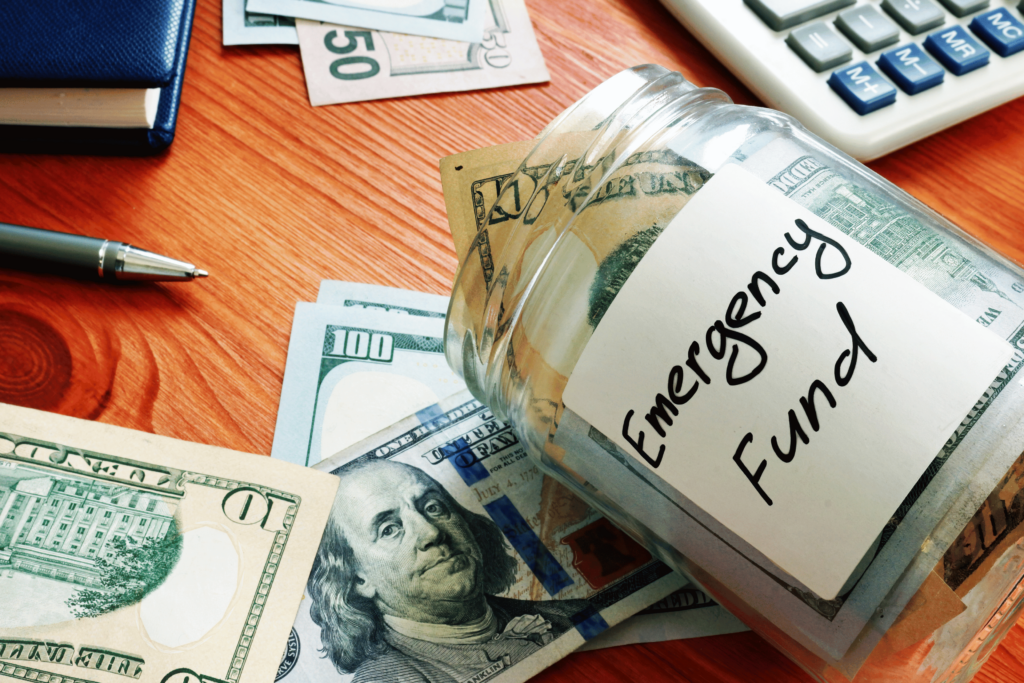Have you ever wondered if you should use extra money to pay off debt or invest it for future growth? This common dilemma needs a one-size-fits-all answer. This post explores the factors influencing the decision between paying down debt and investing, helping you make a more informed choice.
At Unconditional Finance, we prioritise providing our clients with personalised financial strategies that align with their unique goals and circumstances. We want to help everyone understand how to make good money choices, whether it’s paying down debt or investing for the future.
Understanding Your Financial Situation
Assess Your Debt
- Types of Debt: Differentiate between high-interest debt (like credit cards) and low-interest debt (like mortgages or student loans). Prioritise high-interest debt due to its financial drain.
- Current Interest Rates and Terms: Review your debts’ interest rates and terms. High-interest debt, typically above 10%, should be prioritised.
Evaluate Your Investment Options
- Potential Returns: Investments like stocks, bonds, and mutual funds offer varying returns. Historically, the stock market has averaged 7-10% annually but with higher risk. Bonds and mutual funds generally offer lower, safer returns.
- Risk Tolerance and Horizon: Your ability to handle risk and your investment timeline are crucial. Younger investors can take more risks, while those nearing retirement might prioritise safety.
Net Worth Calculation
To understand your financial health, subtract what you owe from what you own to find your net worth and help make your decision.
The Case for Paying Down Debt
High-Interest Debt
- Impact on Financial Health: High-interest debt hinders financial progress. Paying it down frees up cash flow and reduces interest over time.
- Benefits: Reducing high-interest debt, such as credit cards, improves financial stability and can boost your credit score. Lowering debt also reduces stress and provides financial security.
Mathematical Perspective
For instance, paying off a $10,000 credit card debt with a 20% interest rate saves $2,000 annually in interest, totalling $10,000 over five years.

Debt Repayment Strategies
- Debt Snowball: Focus on clearing your smallest debts first. This helps you gain quick wins, boosting your confidence and motivation to pay off larger debts.
- Debt Avalanche: Target the debts with the highest interest rates first. This method reduces the interest you pay overall, saving you more money in the long term.
The Case for Investing
Potential for Higher Returns
- Historical Returns: While not indicative of future results, the stock market has historically provided robust returns. For example, the ASX has averaged around 9% annually.
- Compound Interest: Investments grow over time through compound interest, leading to exponential growth.
Retirement Savings
- Early Investing: Starting early benefits from compound interest. For example, investing $5,000 annually from age 25 to 35 yields more by age 65 than starting at 35.
- Employer-Matching and Tax-Advantaged Accounts: Maximise employer-matching programs and tax-advantaged accounts like superannuation for significant retirement savings.
Diversification
Spread your investments across different types to reduce risk. A balanced portfolio helps keep your finances stable and growing, even when markets are unpredictable.
A Balanced Approach
Hybrid Strategy
- Allocating Resources: Split extra funds between debt repayment and investing. For instance, allocate $250 each to debt repayment and investments from an extra $500 monthly.
- Setting Goals: Identify financial goals and create a balanced plan considering your current situation, debt levels, and investment opportunities.
Emergency Fund
- Importance: Before focusing on paying off debt or investing, make sure you have an emergency fund for unexpected expenses.
- Recommended Amount: Save three to six months’ worth of living expenses in an accessible account.
Periodic Review
- Regular Adjustments: Review your financial plan every six months to ensure it aligns with current circumstances and goals.
- Debt-to-Investment Ratio: Maintain a balance between debt repayment and investments for overall financial health.
Tools and Resources
Debt Repayment Calculators
Debt repayment calculators help you see how different strategies, like the debt snowball or debt avalanche, affect your debt payoff timeline and interest savings. These tools clearly show how quickly you can pay off your debt and how much interest you will save.
Investment Calculators
Investment calculators allow you to estimate the future value of your investments based on various factors, including initial investment, monthly contributions, expected rate of return, and investment horizon.
Financial Advisors
Consider consulting a financial advisor or mortgage brokers for personal advice or help making a detailed financial plan. They can give you tips based on your unique situation and help you make smart choices.
Budgeting Tools
Utilise budgeting tools and apps like YNAB (You Need A Budget), Mint, or Pocketbook to manage your finances effectively. These tools help track income, expenses, and savings goals, ensuring you stay on top of your financial plan.
Educational Resources
Explore books like “The Barefoot Investor” and “Rich Dad Poor Dad,” follow blogs like “MoneySmart,” and take online courses on Coursera and Udemy.
Real-Life Scenarios
Case Study 1: High-Interest Debt with No Emergency Fund
Scenario: Jane has $15,000 in credit card debt with a 20% interest rate and no emergency fund.

Strategy: Focus on building a small emergency fund (e.g., $1,000) first. Then, use the debt avalanche method to aggressively pay down the high-interest debt while gradually increasing the emergency fund.
Case Study 2: Low-Interest Debt with Moderate Savings:
Scenario: John has a $30,000 student loan at 4% interest and $10,000 in savings.
Strategy: John could allocate a portion of his savings towards investments to take advantage of compound interest while continuing to make regular payments on his student loan. A hybrid approach might be suitable here.
Case Study 3: No Debt with Disposable Income:
Scenario: Sarah has no debt and $500 in disposable income each month.
Strategy: Sarah can focus on growing her investments. She could put money into a superannuation fund, buy stocks, or open a high-interest savings account. Spreading out investments helps reduce risk and increase returns.
Conclusion
We’ve explored the main things to consider when choosing between paying down debt and investing, like knowing your financial situation, the benefits of each choice, and why having a balanced plan is important.
Actionable Advice:
- Calculate your net worth to understand your financial health.
- Prioritise building an emergency fund before making aggressive debt repayments or investments.
- Regularly check and update your financial plan to make sure it fits your current situation.
Both paying down debt and investing are critical for long-term financial health. Remember, achieving financial health is a marathon, not a sprint. Balancing debt repayment and investing helps secure your financial future. The best approach may change over time depending on personal circumstances. Stay flexible and open to adjusting your plan as needed.
Take control of your financial future today. Whether you choose to focus on paying down debt, investing, or a combination of both, the key is to start now. For personalised advice, contact a financial advisor or explore our recommended tools and resources.